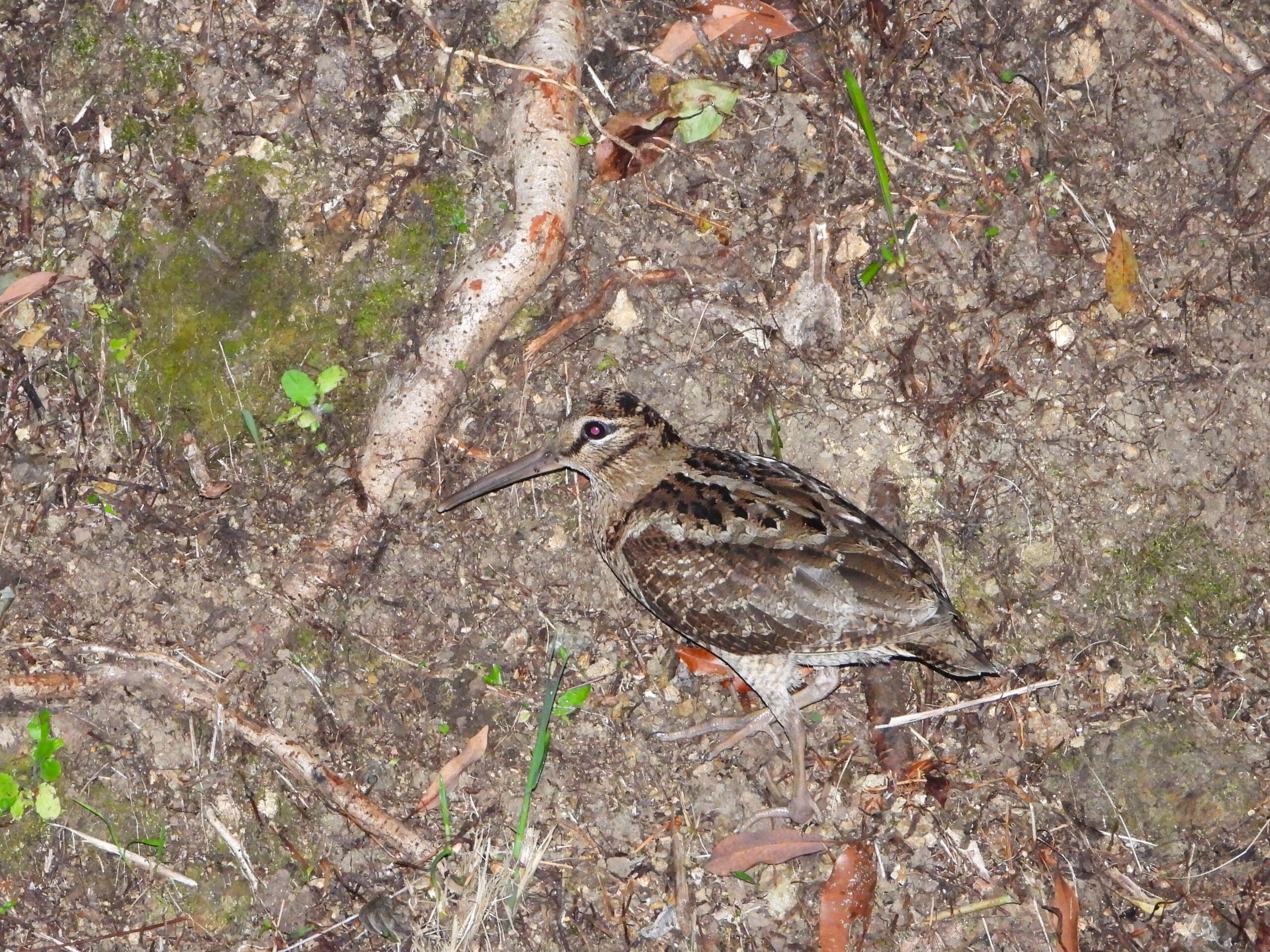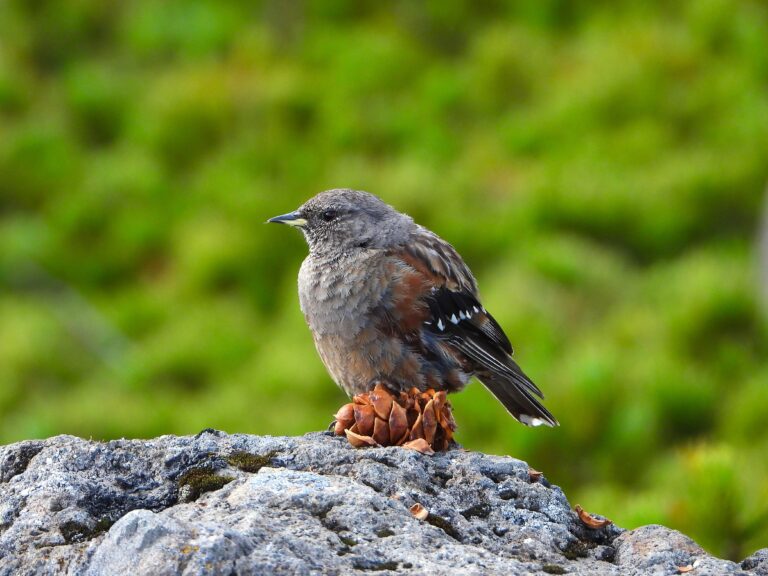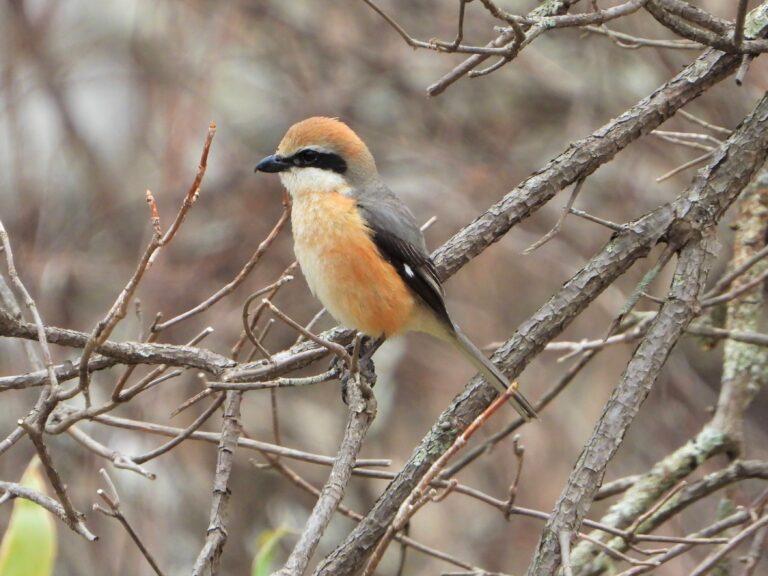Amami Woodcock (Scolopax mira) – Wildlife of Japan
Introduction
The Amami Woodcock (Scolopax mira) is a rare forest bird found only on the Amami Islands in southern Japan. It inhabits subtropical evergreen forests and is active mainly at night. Because of its restricted range and vulnerability to habitat loss and predators, it is listed as Vulnerable on both Japan’s Red List and the IUCN Red List.
Appearance
This woodcock measures about 35–36 cm in length. It has mottled brown and black plumage that blends perfectly with the forest floor, a long slender bill used for probing soil, and dark horizontal stripes on the crown. Compared to the Eurasian Woodcock, its legs are slightly longer and its stance appears more upright.
Habitat & Distribution
The Amami Woodcock lives in moist evergreen forests of the Amami Islands—especially Amami Ōshima, Kakeromajima, Ukejima, Yoroshima, and Tokunoshima. It forages on forest roads and damp ground at night, sometimes near the edges of farmland. Populations on other islands like Okinawa have been recorded, but breeding has not been confirmed.
Where to See in Japan
The best chance to encounter this elusive bird is on night drives through forest roads of Amami Ōshima or Tokunoshima. Individuals sometimes stand motionless on roads, illuminated by headlights. For ethical observation, keep car lights dim and avoid disturbing them.
Behavior
The species is mostly nocturnal, feeding from dusk until dawn. It uses its long bill to probe the soil for earthworms and insects. Banding studies on Amami Ōshima found that many individuals remain within about 500 m of their capture site, showing strong site fidelity. Its call during the breeding season is a soft “guboo-guboo” or “gee.”
Diet
Its diet consists mainly of earthworms and soil invertebrates. Direct observation is limited because the species forages at night, but stomach content analyses confirm this general pattern.
Reproduction
Nesting occurs on the forest floor in shallow depressions lined with leaves. The breeding season runs from March to May, and females lay two to four eggs, usually three. Detailed information on incubation and chick rearing remains limited.
Conservation
The Amami Woodcock is classified as Vulnerable by both the IUCN and Japan’s Ministry of the Environment. Major threats include forest loss, predation by mongooses and feral cats, and roadkill on forest roads. Conservation actions include predator control, road-speed reduction, and habitat protection under a 10-year national program (2024–2033).
Author’s Impression
When I encountered the Amami Woodcock, I was surprised by how calm it was. It hardly fled even when I approached—it seems to have few natural predators and a surprisingly weak sense of fear. Still, observers should be careful not to get too close, as disturbing wildlife can cause stress even to such quiet species.








